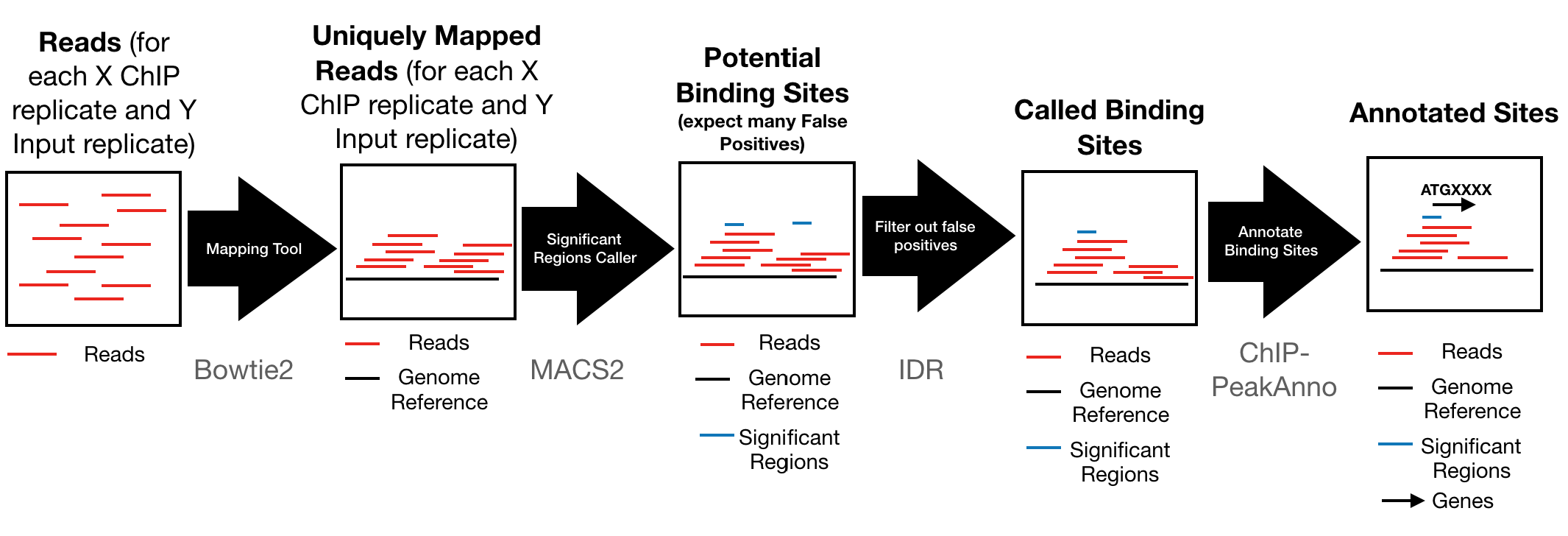
The Wagner Lab took a break during lab meeting to celebrate Yang’s birthday. Happy Birthday Yang!

The Wagner Lab took a break during lab meeting to celebrate Yang’s birthday. Happy Birthday Yang!


https://www.eurekalert.org/pub_releases/2017-08/uop-pbs082117.php
Dr. Jun Xiao’s manuscript titled “Cis- and trans-determinants of epigenetic silencing by Polycomb Repressive Complex 2 in Arabidopsis” has been accepted for publication in an upcoming issue of Nature Genetics. Other contributing authors of the paper are Run Jin, Xiang Yu, Max Shen, John Wagner, Armaan Pai, Claire Song, Michael Zhuang, Samantha Klasfeld, Chongsheng He, Alexandre M. Santos, Chris Helliwell, Jose L Pruneda-Paz, Steve A Kay, Xiaowei Lin, Sujuan Cui, Meilin Fernandez Garcia, Oliver Clarenz, Justin Goodrich, Xiaoyu Zhang, Ryan S. Austin, Roberto Bonasio, and Doris Wagner.
Bossi, F., Fan, J., Xiao, J., Chandra, L., Shen, M., Dorone, Y., Wagner, D., & Rhee, S. Y. (2017). Systematic discovery of novel eukaryotic transcriptional regulators using sequence homology independent prediction. BMC genomics, 18(1), 480.
The molecular function of a gene is most commonly inferred by sequence similarity. Therefore, genes that lack sufficient sequence similarity to characterized genes (such as certain classes of transcriptional regulators) are difficult to classify using most function prediction algorithms and have remained uncharacterized.
To identify novel transcriptional regulators systematically, we used a feature-based pipeline to screen protein families of unknown function. This method predicted 43 transcriptional regulator families in Arabidopsis thaliana, 7 families in Drosophila melanogaster, and 9 families in Homo sapiens. Literature curation validated 12 of the predicted families to be involved in transcriptional regulation. We tested 33 out of the 195 Arabidopsis putative transcriptional regulators for their ability to activate transcription of a reporter gene in planta and found twelve coactivators, five of which had no prior literature support. To investigate mechanisms of action in which the predicted regulators might work, we looked for interactors of an Arabidopsis candidate that did not show transactivation activity in planta and found that it might work with other members of its own family and a subunit of the Polycomb Repressive Complex 2 to regulate transcription.
Our results demonstrate the feasibility of assigning molecular function to proteins of unknown function without depending on sequence similarity. In particular, we identified novel transcriptional regulators using biological features enriched in transcription factors. The predictions reported here should accelerate the characterization of novel regulators.
NA

Jun Xiao was selected to present an oral and poster presentation at ICAR2017. He will discuss his recent work on recruitment of Polycomb complexes to PREs in Arabidopsis.
Website: http://icar2017.arabidopsisresearch.org/abstracts–posters.html

Jun Xiao receives travel grant to attend ICAR 2017 in St. Louis.
Xiao, J., Jin, R., & Wagner, D. (2017). Developmental transitions: integrating environmental cues with hormonal signaling in the chromatin landscape in plants. Genome biology, 18(1), 88.
Plant development is predominantly postembryonic and tuned in to respond to environmental cues. All living plant cells can be triggered to de-differentiate, assume different cell identities, or form a new organism. This developmental plasticity is thought to be an adaptation to the sessile lifestyle of plants. Recent discoveries have advanced our understanding of the orchestration of plant developmental switches by transcriptional master regulators, chromatin state changes, and hormone response pathways. Here, we review these recent advances with emphasis on the earliest stages of plant development and on the switch from pluripotency to differentiation in different plant organ systems.
NA